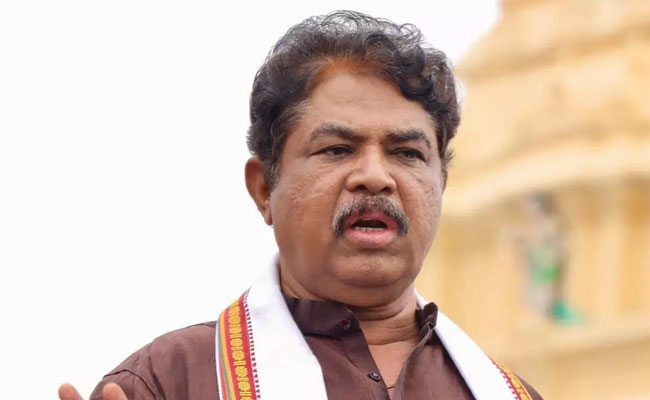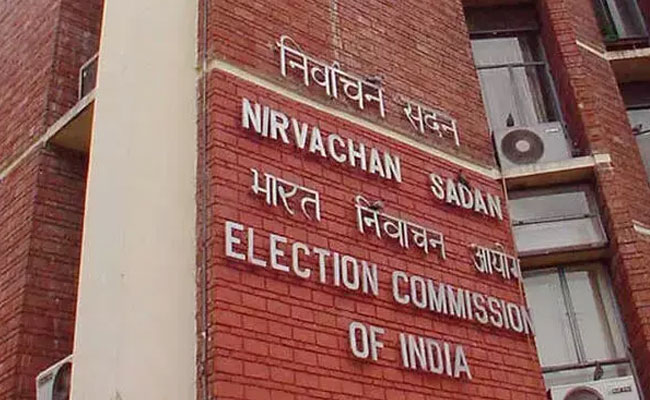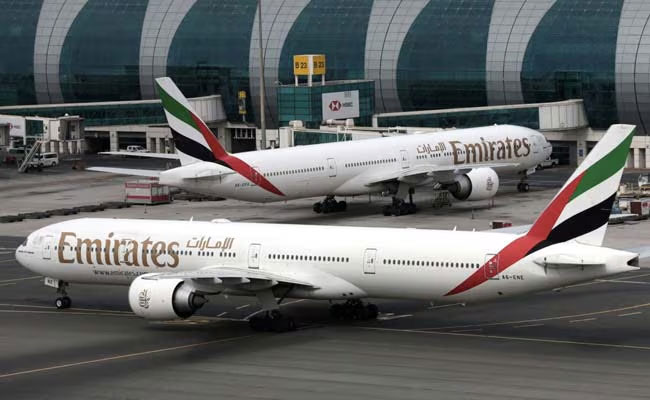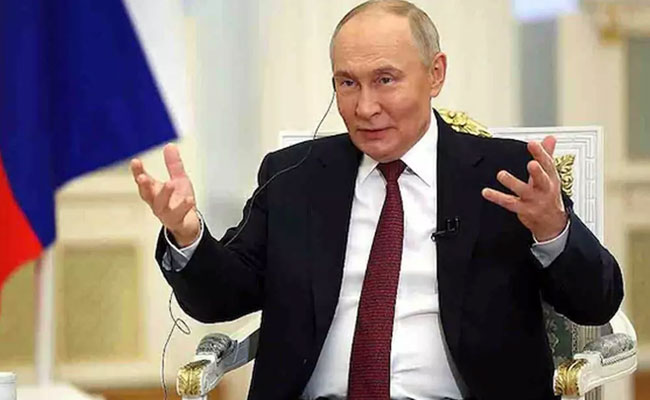Since independence, the government’s ambitious goal has been universalization of education – making education available to all children in the age group of 6 – 14 – which from 2002 is also guaranteed as the Right to Education. While the government’s success in achieving this ambitious goal is open for debate, what the government has successfully achieved is the creation of deep divisions in the Indian education system.
The divisions are many, for example, ‘Government Schools – Private Schools, ‘English Medium – Kannada medium’. These divisions, though seemingly innocuous, reflect the deep-rooted division in the society between the ‘haves and have-nots’. And this divide is increasing sharply than ever before.
Government schools are almost failing in their attempts to compete with the quality of education offered by most private schools that offer English medium education. Students studying in government schools are finding it difficult to meet the challenges of the real world. The government has for long-neglected the recommendation from experts to introduce a common school system at least till high school. One reason for this is the erosion of values in the concept of education that does not consider schools as temples of learning but as commercial, money-making ventures. Similar to five-star hospitals, five-star schools are being established and politicians are at the forefront to invest in these schools.
That the poor and those belonging to economically weaker sections were deprived of education based on their caste was one of the reasons for the government to set forth on ambitious goals after independence but privatization along with the commercialization of education has ensured that education remains the forte of the privileged few. The state of government schools is pathetic with the lack of students forcing many of them to close down and several existing ones suffering without adequate infrastructure. The challenges and the daily battles that parents, who send their children to government schools as they can’t afford private schools, face are many. At the same time, in the midst of all the gloom, there are also government schools which have received public support and have done wonders and won accolades. But this is a rarity.
In this post-Corona lockdown era that lies ahead of us, the already divided education system seems to be heading for the great ‘digital divide’ – an extension of the divide that already exists in the society - through ‘online education’ which we take great pride in. On the pretext that the Coronavirus might spread widely if schools re-open, online education is being offered and is converting homes into schools. Many state governments are taking huge strides in this direction by implementing online education and making sure that teachers conduct classes online and children attend classes on computers or smartphones and prepare for examinations.
This is similar to how digital banking was offered to people after Prime Minister Modi announced demonetization. But, the concept of digital banking did not reach people extensively as envisaged other than the rich and upper-middle classes in cities who could use technology. However, digital technology has led to a proliferation in online banking frauds. Instead of committing bank burglaries, the fraudsters are finding it easier to loot banks digitally. Now the government has unleashed digitalization to destroy the education system.
The recent uproar over the death of an elephant after being force-fed crackers in Kerala was understandable but our response to the suicide of a Dalit student Devika, in the same state because she could not access the online education system that the Kerala Government has introduced has been muted. This student had to attend online classes on a TV channel but the TV at her house was not working. Her father, a laborer and jobless due to the lockdown could not raise the money to get the TV repaired. Buying a smartphone was beyond their reach. The girl who was intelligent and perhaps feared that her future would be ruined was depressed and burnt herself to death. People who shed tears for the death of the elephant were not moved by the death of this student. Nobody was willing to understand that this was not suicide but murder.
Through her suicide, Devika has shown that the government’s decision to provide digital education is similar to an invitation for mass suicide of students belonging to the poor and weaker sections.
This tragic incident raises several significant questions around online education - access to digital technology without which the concept of online education is bound to fail. In Karnataka alone, only 26 lakh of the 48 lakh families with school-going children have smartphones, and, according to government estimates, about 40 percent of children would be out of the purview of this form of education. At the same time, children may not use smartphones for educational purposes even if their parents can afford them.
Added to this are the problems of malfunctioning smartphones or network connectivity issues. Online education is thus proving to be torturous for children of the middle class and the poor. Only the upper-middle class and the rich would then be in a position to maximize the benefits of online education. For children of government schools though, online classes will remain a mirage.
It is also likely that the move to embrace online education would prove detrimental to the education of the girl child. If homes become schools, it is unlikely that parents will encourage girls to learn as much as they encourage boys. Girls, along with those in the poorer and economically weaker sections, will thus be deprived of education.
Also, the rich and upper-middle-class strata can access different options for engaging their children in sports and cultural activities and not depend on the schools alone. But for the poor and the marginalized, schools are a hub for their all-round development. We should, therefore, make sure that education is not restricted to only the rich and privileged class. Even if there is a delay of two months, academic activities should begin only in schools and not a single child should be deprived of education because of the digital divide.
Let the Truth be known. If you read VB and like VB, please be a VB Supporter and Help us deliver the Truth to one and all.
Bengaluru (PTI): Targeting Chief Minister Siddaramaiah and the Congress government in Karnataka on corruption, BJP leader R Ashoka on Friday said, being foolish was forgivable, but being "shameless" in public life was not.
The Leader of Opposition in the state Assembly claimed that in just 30 months of its tenure, the Congress administration has broken every previous record on corruption-related controversies.
He was responding to Siddaramaiah's post on 'X' on Thursday hitting back at the BJP, stating that Upa Lokayukta Justice Veerappa's claims of "63 per cent corruption" were based on his report in November 2019, when BJP's B S Yediyurappa was the CM.
"But Ashoka, without understanding the Upa Lokayukta's statement properly, has ended up tying the BJP's own bells of sins onto our heads and has effectively shot himself in the foot," the CM had said, as he accused Ashoka of foolishness for trying to twist Veerappa's statement to target the current government.
Responding, Ashoka said, "it is one thing to be called foolish in politics, that can be forgiven."
"But in public life, especially in the Chief Minister's chair, one must never become shameless," Ashoka posted on 'X' on Friday addressing Siddaramaiah.
Noting that the CM himself had admitted on the floor of the Assembly that a Rs 87 crore scam took place in the Valmiki Development Corporation, he said that when a CM acknowledges such a massive irregularity inside the floor of the House, the natural expectation is immediate action and accountability.
"But instead of taking responsibility, you continue in office as if nothing has happened. What should the people of Karnataka call this, if not sheer shamelessness," he asked.
Pointing out that the CM's Economic Advisor and senior Congress MLA Basavaraja Rayareddy had publicly stated that under Congress rule, Karnataka has become No.1 in corruption, Ashoka said, "Yet, you still cling to the Chief Minister's chair without a moment of introspection. What should the people of Karnataka call this, if not sheer shamelessness."
Senior Congress MLA C R Patil had exposed the "money for House" racket in the Housing Department and even warned that the government would collapse if the details he has were made public, Ashoka said.
"Despite such serious allegations from within your own party (Congress), you neither initiated an inquiry nor acted against the concerned minister. What should the people of Karnataka call this, if not sheer shamelessness," Ashoka asked the CM.
Highlighting the "40 percent commission" allegation Congress made against the previous BJP government, the opposition leader said, the commission that the Siddaramaiah government appointed concluded that the accusation was baseless.
"After your own panel demolished your own claim, what moral right do you have to continue repeating that allegation. What should the people of Karnataka call this, if not sheer shamelessness," he asked.
For the last two and a half years, Karnataka has been 'drowning' in corruption, scandals, irregularities and allegations across departments. Ashoka said, "If I begin listing every case that emerged under your government, even 24 hours would not be enough."
"And the most tragic aspect of your administration is this: the unbearable pressure, corruption demands and administrative harassment under your government pushed several officers and contractors into extreme distress - including the suicide of Chandrasekharan which exposed the Valmiki Development Corporation scam - a sign of how deeply broken the system has become under your watch," he said.
Instead of fixing this hopeless environment, the government has tried to bury every complaint and silence every voice, he charged.
"Being foolish is forgivable, but being shameless in public life is definitely not."
"When your own ministers admit scams, when your own advisors certify Karnataka as No.1 in corruption, and when your own MLAs expose rackets inside your departments - clinging to power without accountability is not leadership. It is shamelessness in its purest form." PTI KSU
Earlier on Thursday Ashoka had demanded that the corruption case and allegations in the state against the Congress government be handed over to a CBI investigation, citing a reported statement by Upalokaykta Justice Veerappa alleging "63 per cent corruption", following which Siddaramaiah hit back at the BJP leader.





